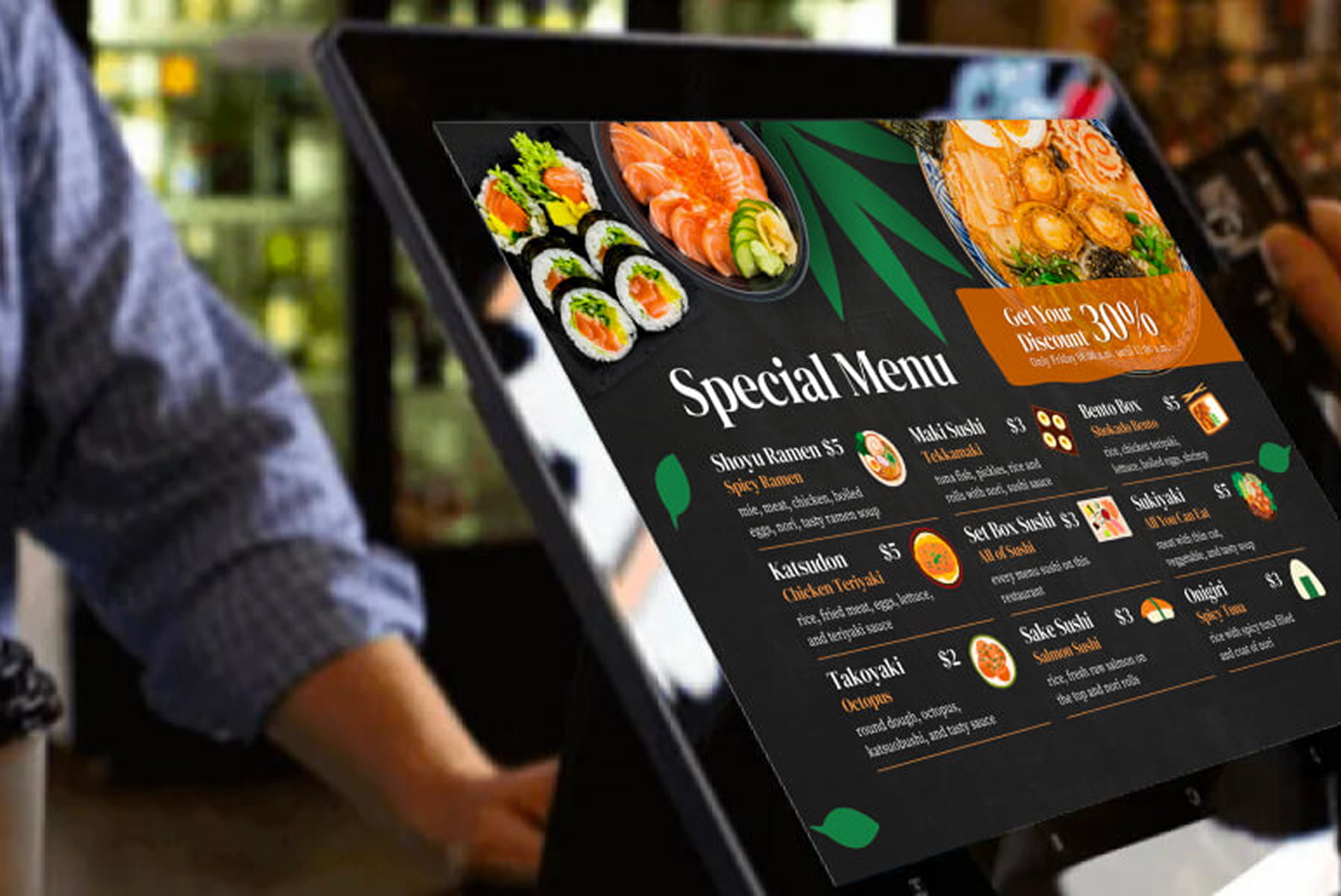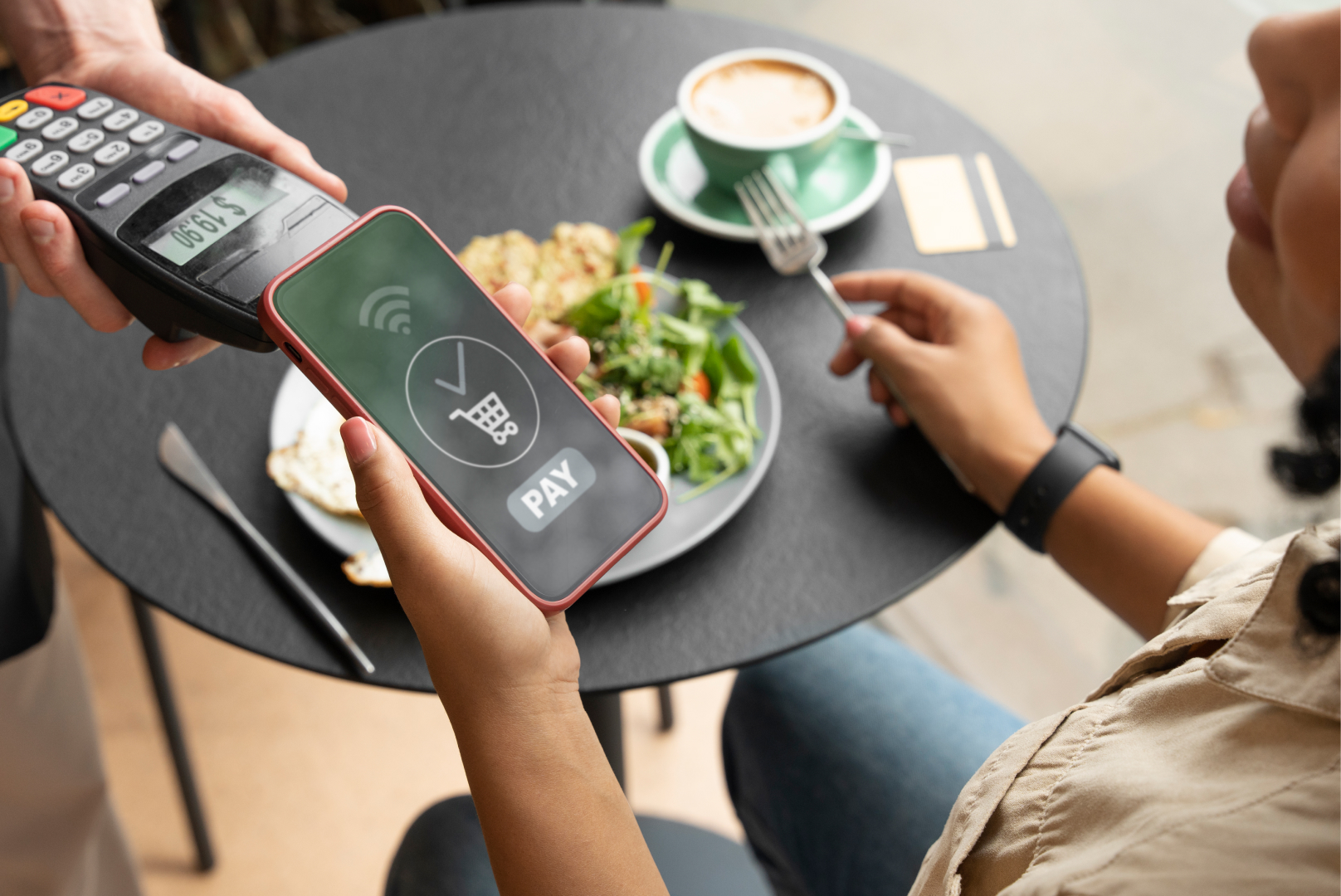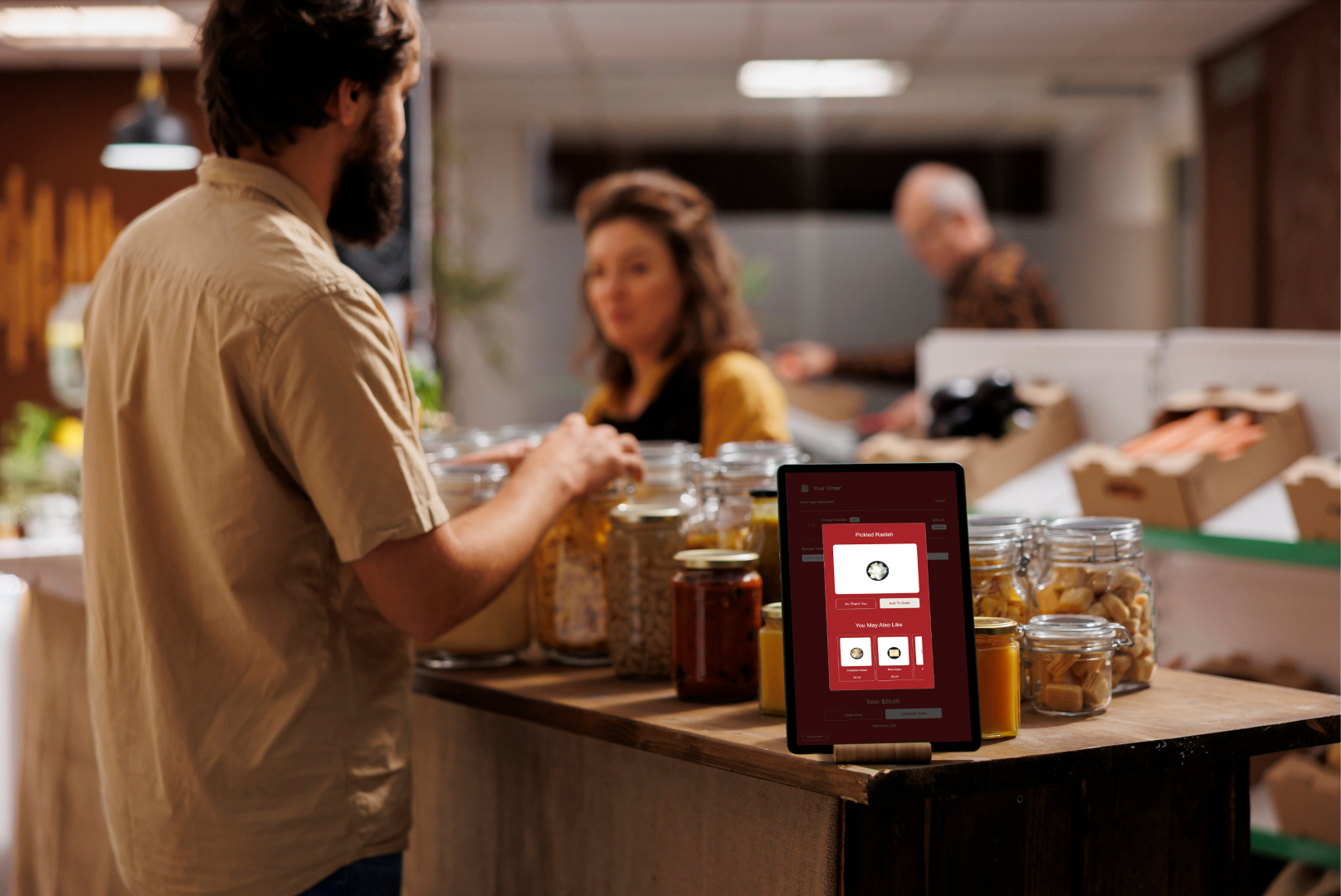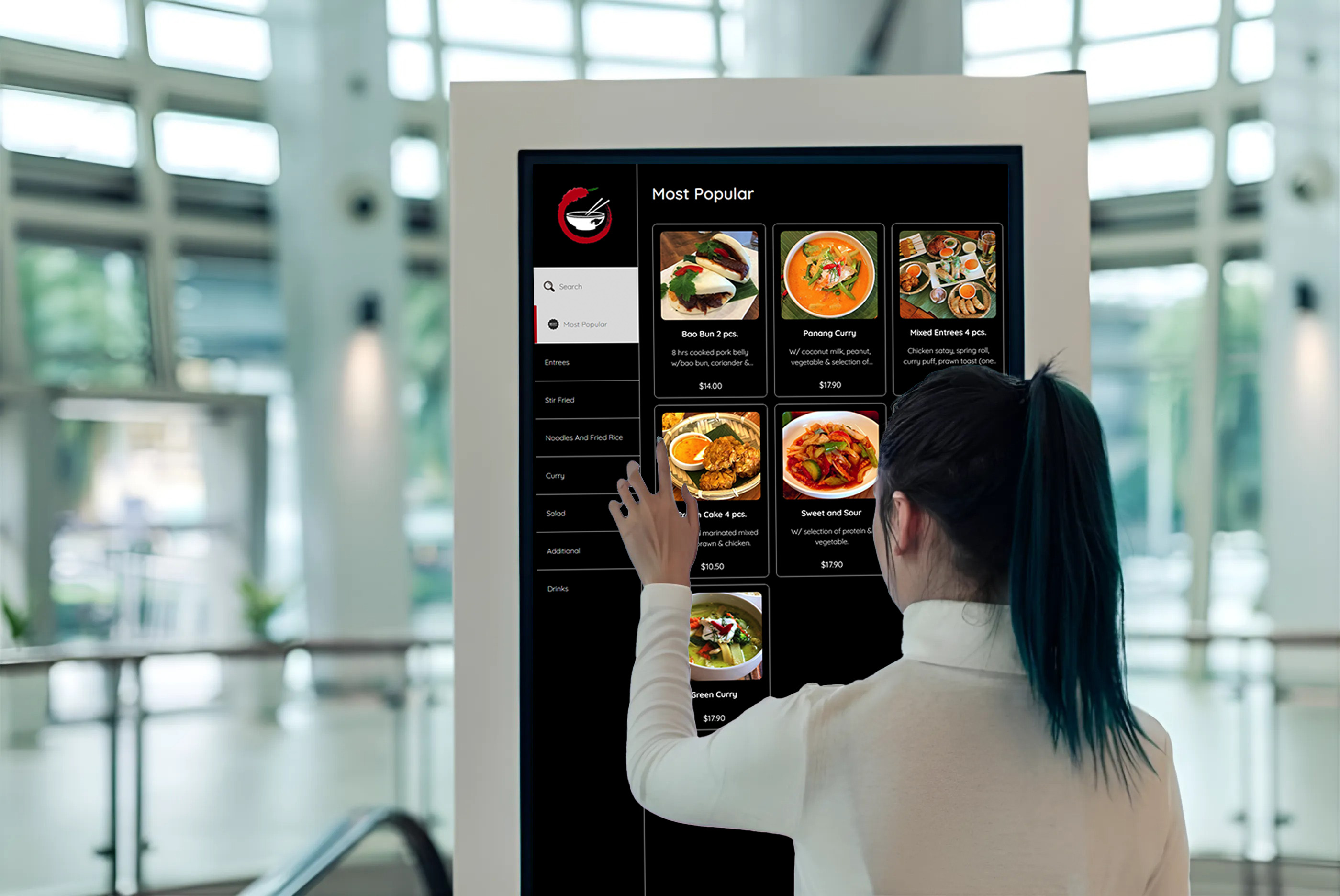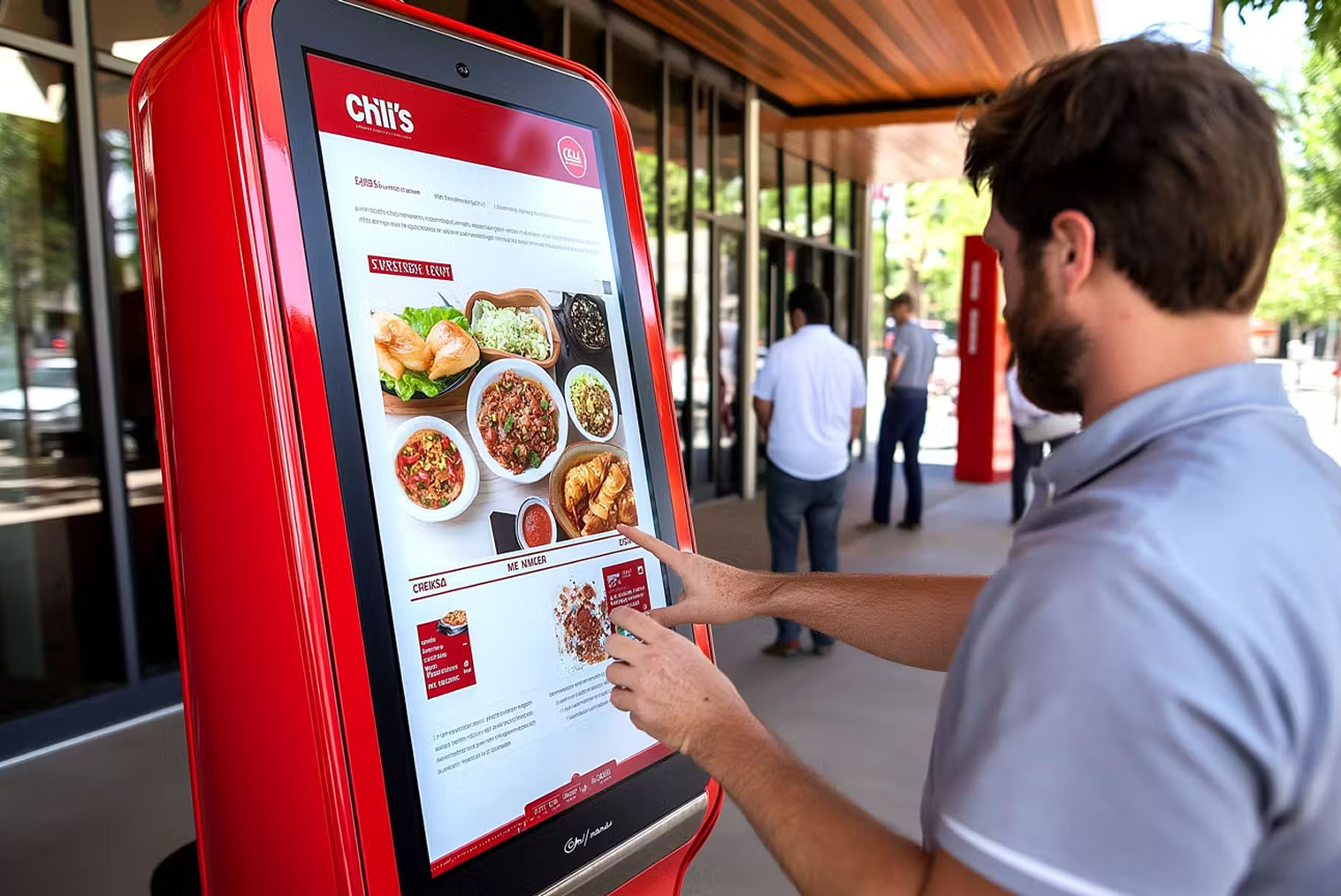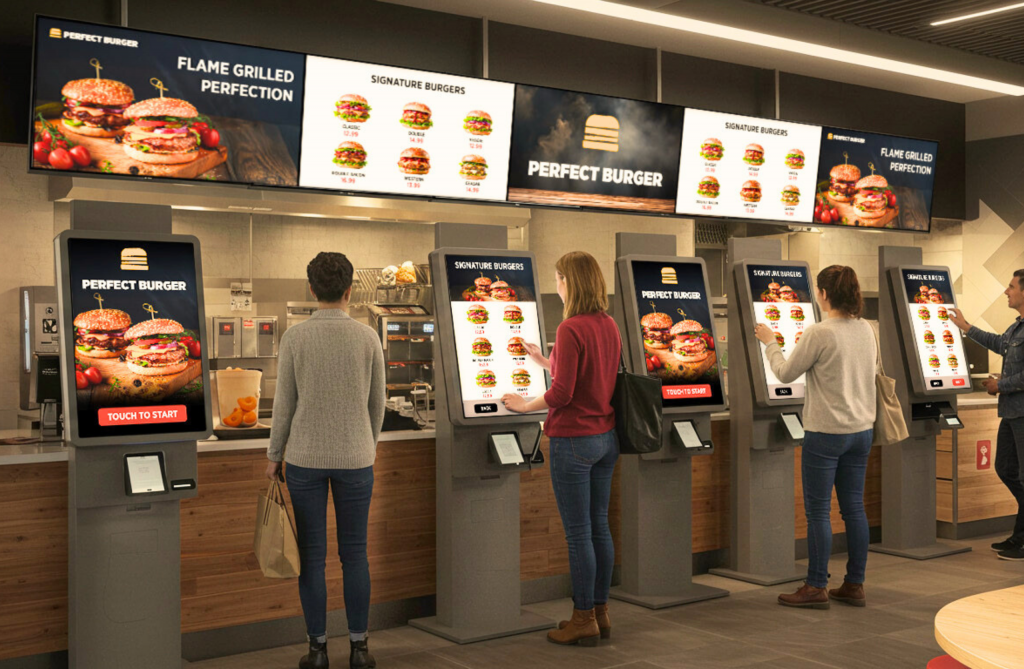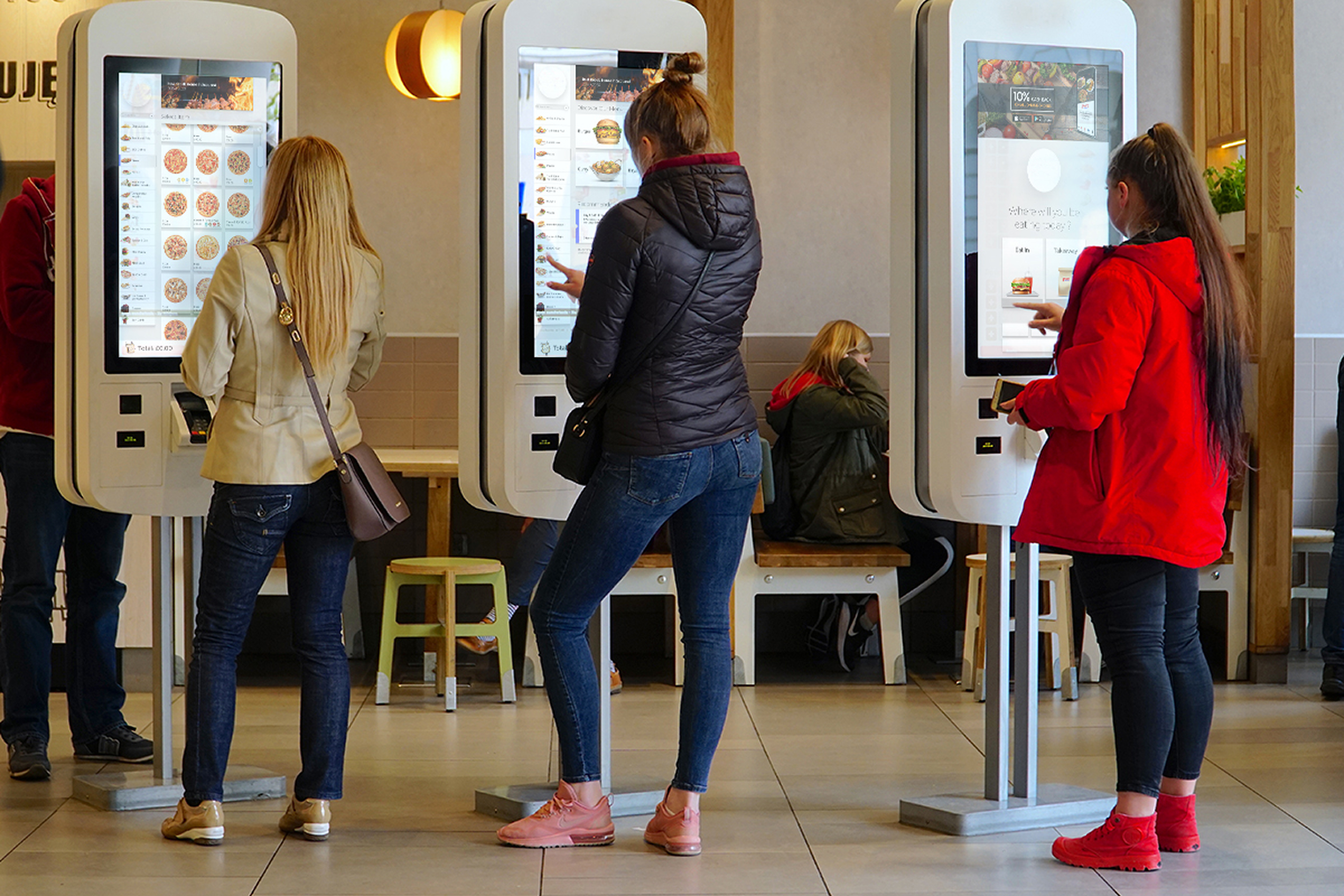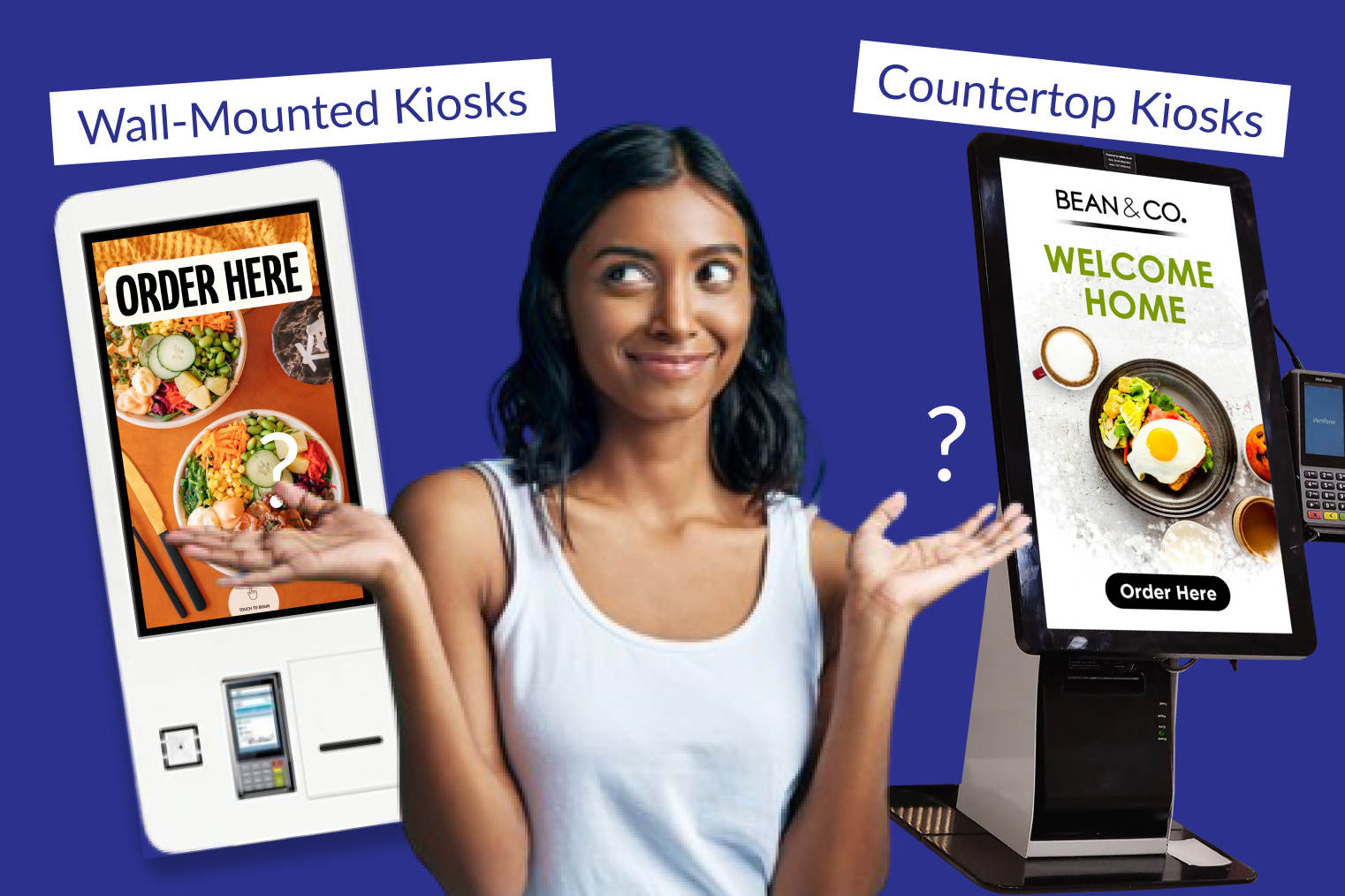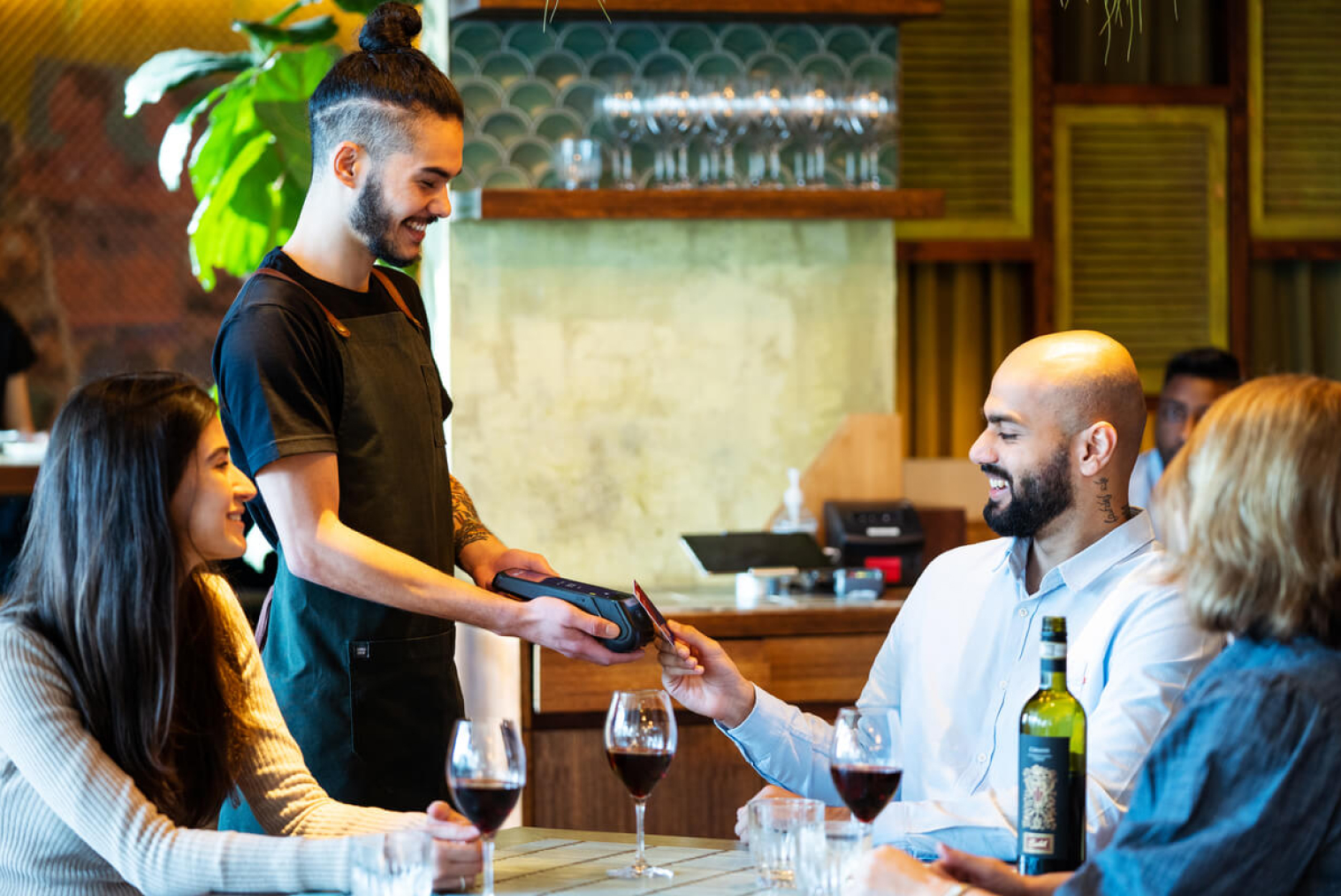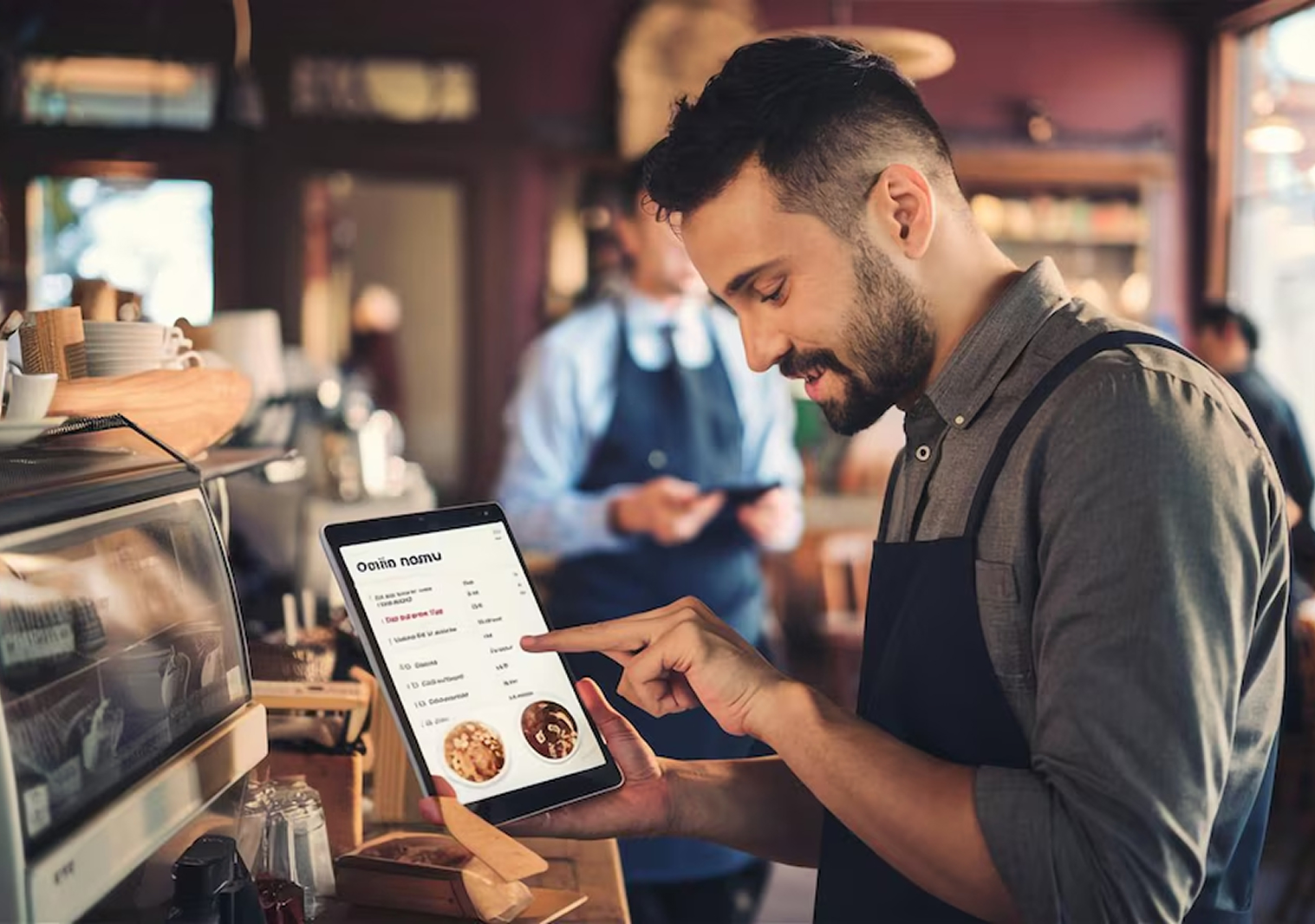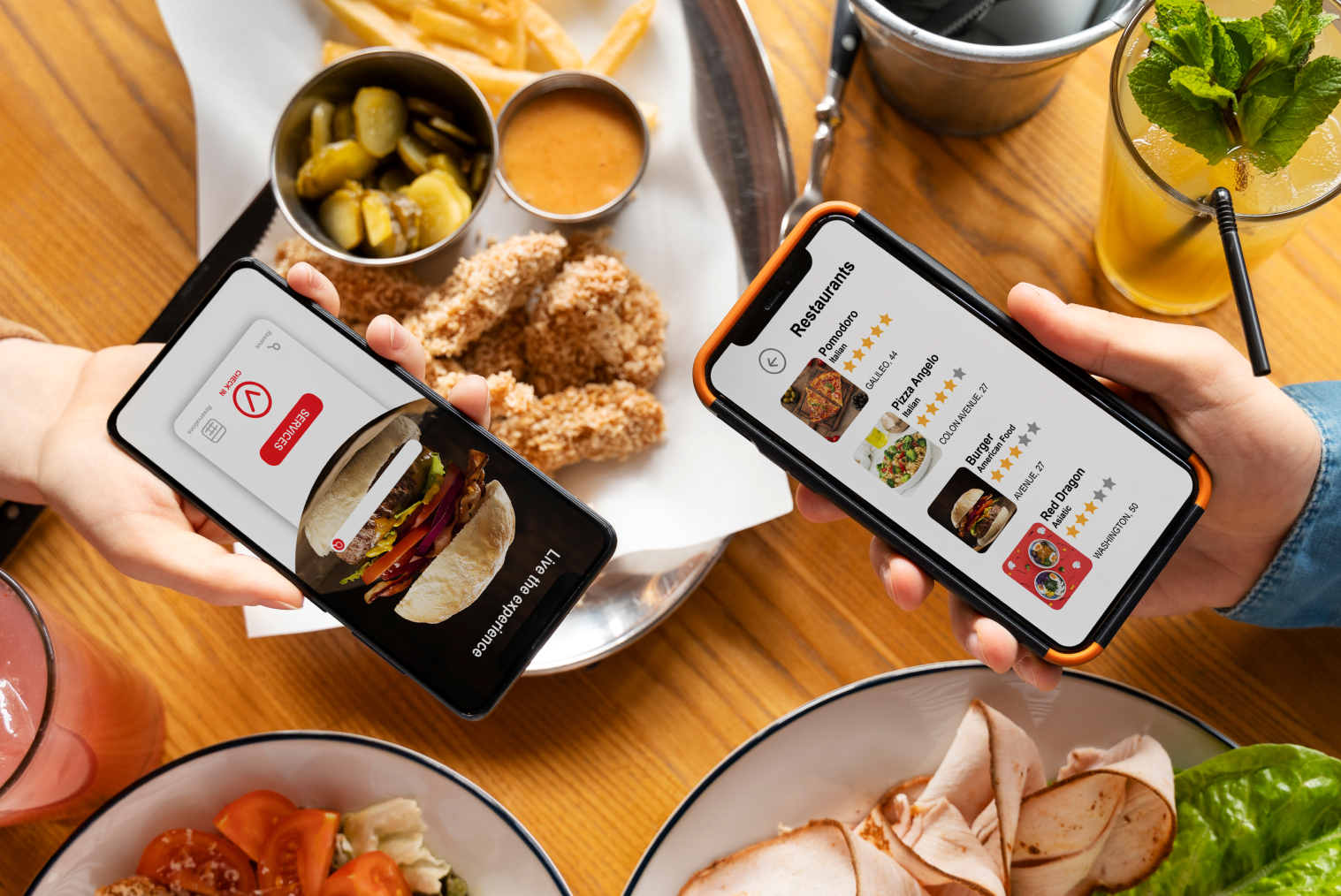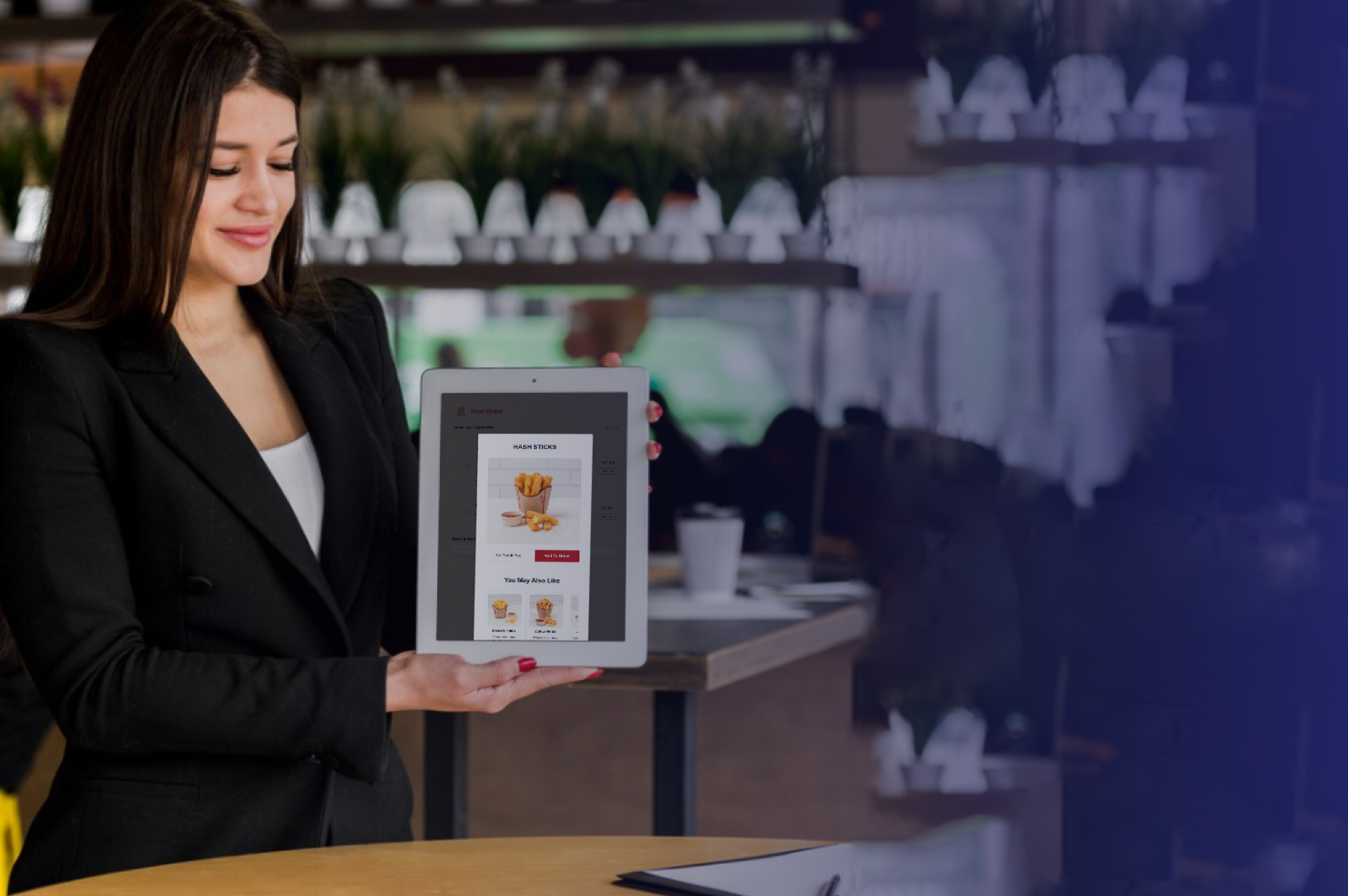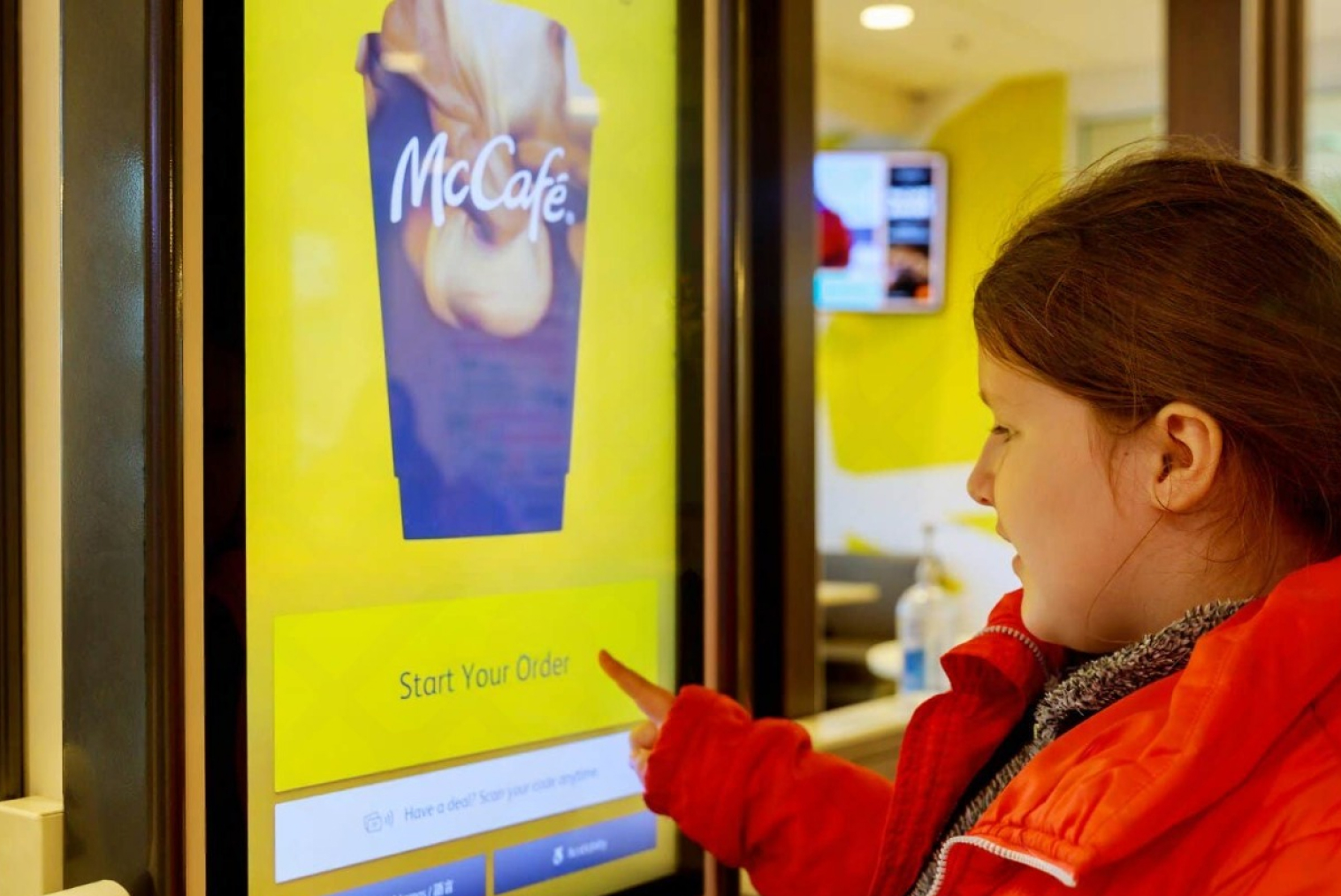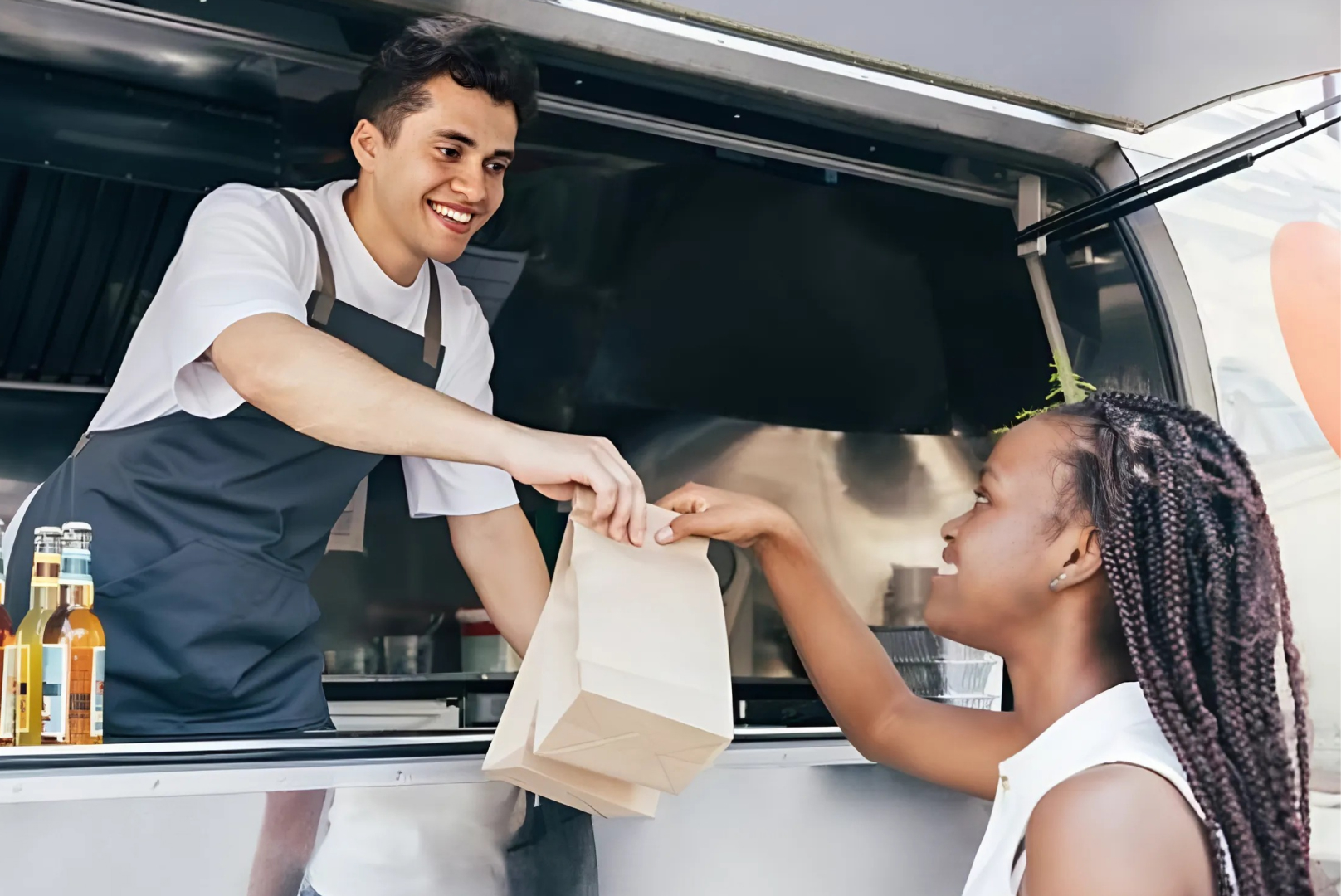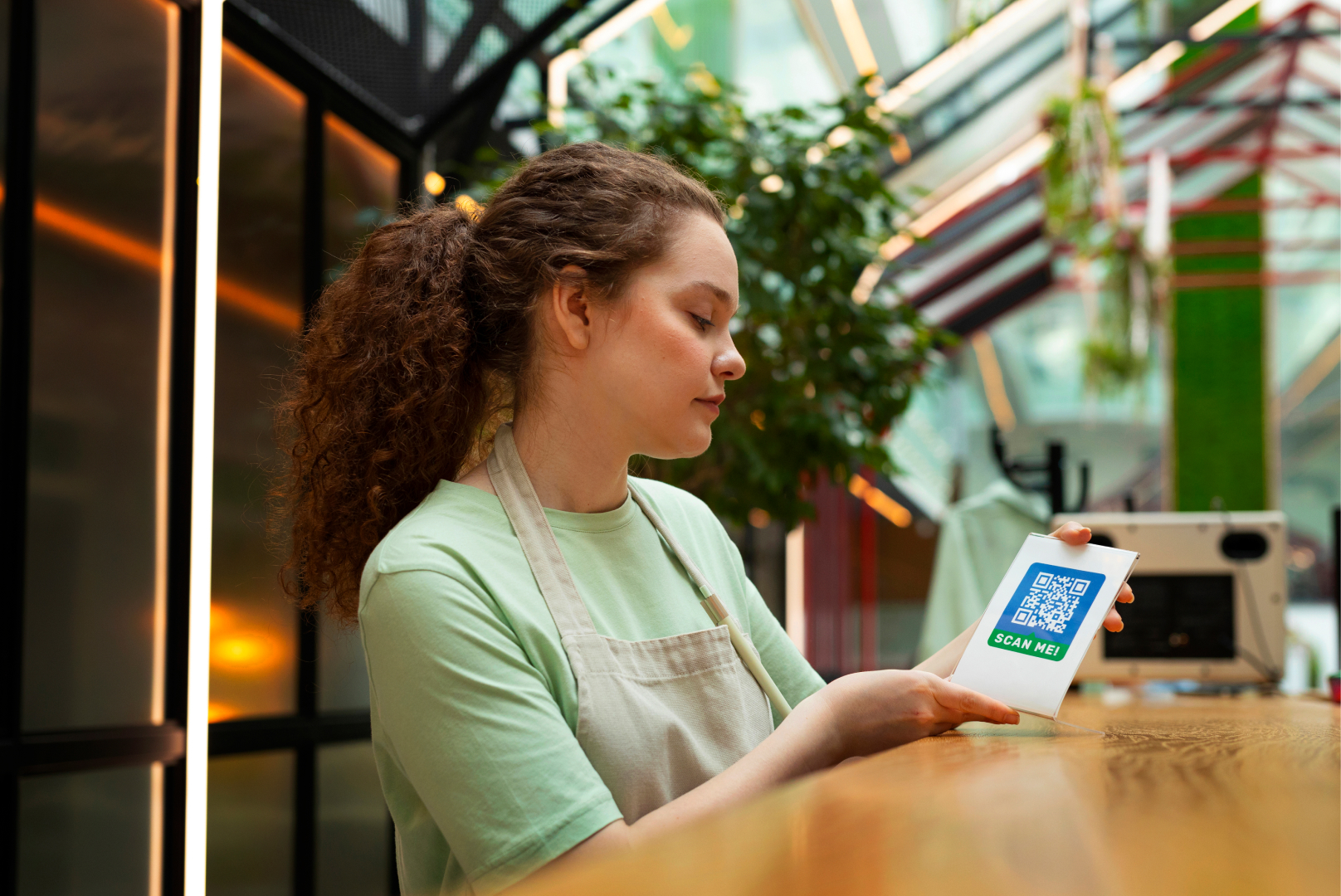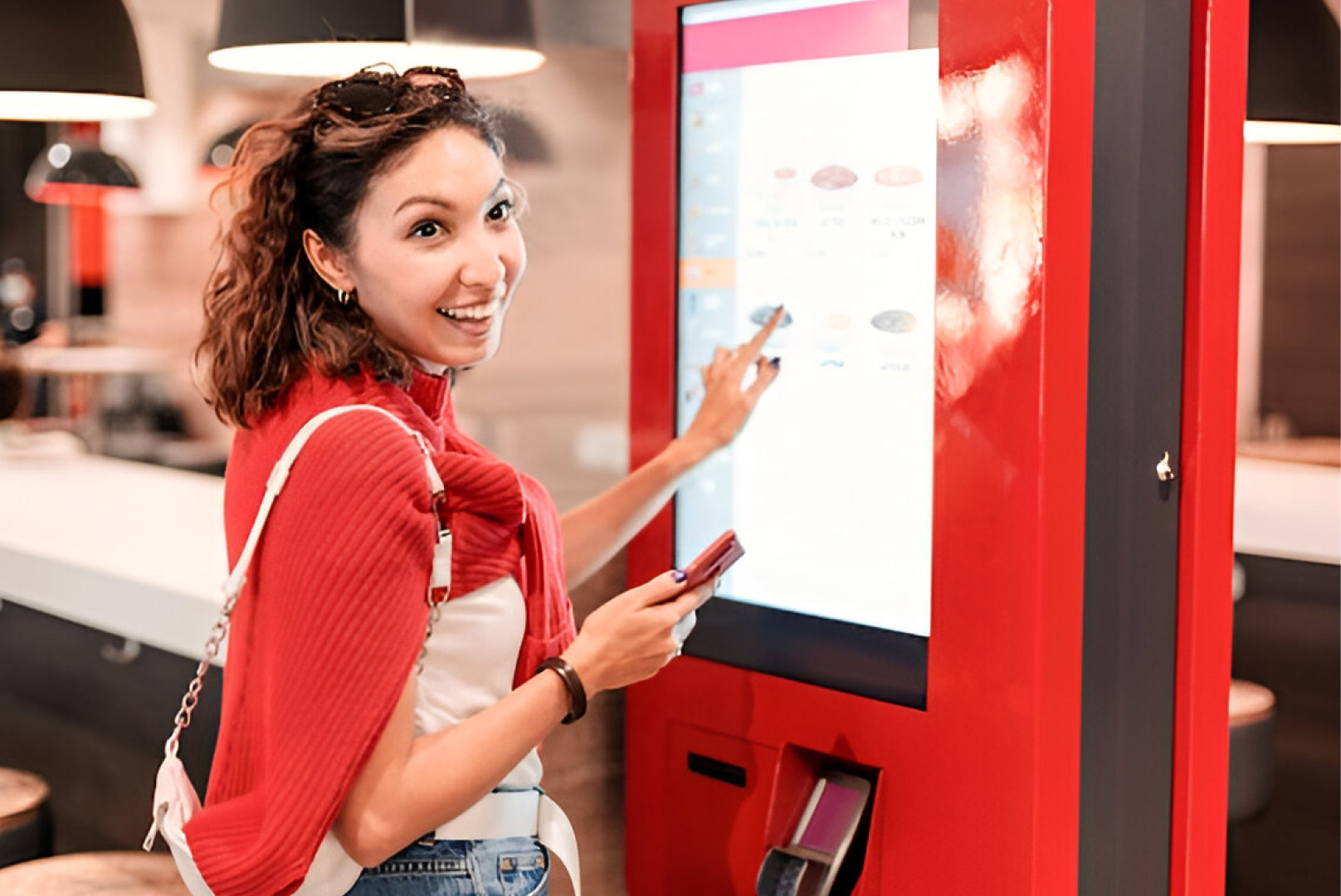Choosing the right POS system can significantly impact a restaurant’s efficiency. From handling orders and payments to tracking sales, inventory, and customer behaviour, your POS is the backbone of everyday operations. But with so many options claiming to be the best POS system for restaurants, how do you choose the one that actually fits your business? According to the 2025 TouchBistro State of Restaurants Report, 97% of full-service restaurants already utilise a POS system, demonstrating that modern POS technology is no longer optional — it has become the operational standard across the industry.
This guide breaks down the essentials, including the types of restaurant POS systems, key features, pricing, integrations, and the rise of online POS systems for restaurants, so you can make a confident decision.
Why Your Restaurant Needs the Right POS System
A modern POS isn’t just a cash register anymore. It’s a comprehensive point of sale for restaurants that connects your front-of-house, kitchen, staff performance, delivery apps, and even customer touchpoints, such as loyalty programs and kiosks.
A well-chosen POS system helps you:
- Reduce wait times
- Improve order accuracy
- Track sales in real time
- Automate reporting
- Manage inventory without the chaos.
- Support online and in-store payments.
- Integrate self-service technology like kiosks.
If you're scaling, franchising, or introducing new services like takeaway, delivery, or loyalty programs, the right POS system is essential—not optional. The restaurant POS industry itself is booming, with the global market expected to grow from USD 7.58 billion in 2025 to USD 14.69 billion by 2033, showing how quickly restaurants are upgrading to more innovative digital tools.
Types of Restaurant POS Systems (And Which One You Need)
Before selecting the top POS systems for restaurants, it’s essential to understand the primary categories. Each works best for different business sizes, service styles, and budgets.
1. Traditional On-Premise POS Systems
These are installed directly on hardware in your restaurant.
Best suited for: Large restaurants, fine dining establishments, or businesses that require stable offline performance.
Pros:
- Fast local performance
- Highly customizable
- Strong offline capabilities
Cons:
- Higher upfront hardware costs
- Requires local maintenance
- Limited remote access
Today, over 60% of food and beverage businesses use cloud-based POS systems, driven by the need for flexibility, mobility, and real-time data sync across locations.
2. Cloud-Based POS Systems
Also known as online POS systems for restaurants, these run entirely online and sync across devices. The cloud POS market for restaurants has also grown rapidly, valued at USD 1.83 billion in 2024 and expected to reach USD 4.85 billion by 2030, making it the fastest-growing type of POS system globally.
Best for: Small to medium-sized restaurants, cafés, food trucks, and multi-location chains.
Pros:
- Real-time data from anywhere
- Affordable monthly pricing
- Works on tablets, iPads, handhelds
- Quick to install and scale
Cons:
- Requires a stable internet
- Monthly subscription costs
3. Hybrid POS Systems
A mix of on-premise stability + cloud convenience.
Best for: Busy restaurants that cannot afford downtime but want cloud benefits.
Pros:
- Works online and offline
- Cloud analytics + local backup
- Suitable for high-volume environments
Cons:
- More expensive than cloud POS only
Must-Have Features in the Best POS System for Restaurants
Not all POS systems offer what restaurants truly need. When comparing the top POS systems for restaurants, look for features that simplify your daily operations—not complicate them.
Here are the essentials that every restaurant owner should prioritize:
Order & Menu Management
Easily update prices, menu items, and combos without calling support every time.
Kitchen Display System (KDS) Integration
Ensures smooth communication between FOH and the kitchen.
Inventory Tracking
Real-time stock updates so you know exactly what’s running low.
Staff & Shift Management
Track performance, hours, and permissions from one dashboard.
Analytics & Reporting
Your POS should tell you:
- Your best-selling items
- Daily revenue patterns
- Peak hours
- Discounts vs. profits
Online Ordering & Delivery Integration
Connect with apps like Uber Eats, DoorDash, or your own online store.
Digital Payments
From cards to wallets to QR—customers expect flexibility.
Kiosk & Self-Service Compatibility
For restaurants adopting a self-service kiosk POS system, this is a must-have.
How to Choose the Right POS Based on Your Restaurant Type
Not every restaurant needs the same POS setup. Here’s a quick guide:
Fast Food & QSR
- Self-service kiosk integration
- Real-time sales sync
- Combo and modifier support
Cafés & Bakeries
- Quick checkout
- Loyalty program support
- Easy menu editing
Casual Dining
- Table management
- Split bills
- Staff allocation features
Fine Dining
- Reservation management
- Course-by-course ordering
- Detailed reporting
Food Trucks
- Cloud POS
- Mobile payments
- Compact hardware
Choosing the right POS depends on your service speed, order volume, and customer flow, not on the fanciest features.
How Much Does a Restaurant POS System Cost?
The cost of a restaurant POS can vary widely depending on the size of your restaurant, service style, and the features you actually need. Basic cloud POS systems start at a low monthly subscription, while more feature-heavy options that offer inventory tracking, analytics, online ordering, and kiosk integration tend to be more expensive.
It's important to look past the sticker price and understand the value you get. Some POS solutions charge low monthly fees but add extra costs for integrations, payment gateways, or customer support. Others offer a more complete ecosystem with fewer surprises.
Restaurants that partner with TABIN appreciate that the pricing is clear, the features are tailor-made for food businesses, and the system scales easily with them, so they aren't paying for tools they'll never use. The best POS is one that fits your workflow, supports your long-term goals, and keeps your ops humming along during rush hour. The same 2025 restaurant industry report shows that 67% of operators rely on their POS provider for most of their software tools, making all-in-one ecosystems — like TABIN — a smarter long-term choice for growing restaurants.
Choosing the Right POS: A Final Checklist
Before committing, make sure your POS system checks these boxes:
- Easy for staff to learn
- Works well during peak hours
- Supports digital payments
- Integrates with other tools
- Real-time analytics
- Secure and compliant
- Scalable for future growth
- Supports self-service kiosk POS system if needed
A POS isn’t just a tool—it’s an investment in smoother operations, better customer experience, and long-term growth.
Frequently Asked Questions
1. What is the average cost of a restaurant POS system?
Most POS systems range from $5 to over $139, depending on features, hardware, and the size of your restaurant.
2. Can a POS system integrate with other restaurant tools?
Yes. Modern POS systems integrate with accounting tools, inventory systems, delivery platforms, loyalty programs, and kiosks.
3. What security measures should a POS system have?
A reliable POS includes:
- PCI compliance
- End-to-end encryption
- Role-based staff permissions
- Secure cloud storage
- Regular software updates
